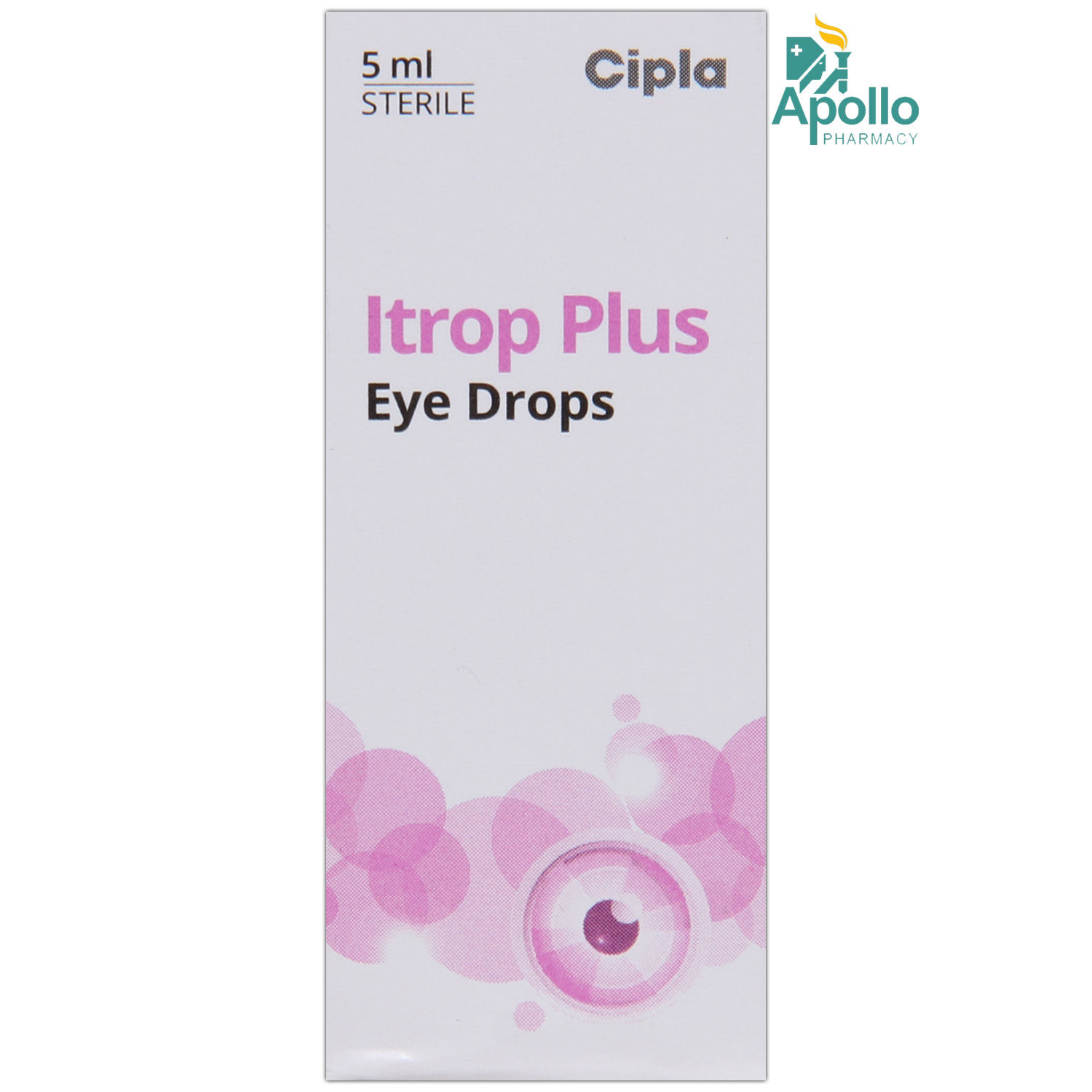Tropicamide+phenylephrine
About Tropicamide+phenylephrine
Tropicamide+phenylephrine belongs to the class of medications called ‘Ophthalmic agents’ used for examining the eye during the diagnosis or detection of any eye disease, or therapeutic procedures. It can help detect eye inflammation or any other eye diseases such as uveitis (inflammation of the middle layer of the eyewall) or in ophthalmoscopy procedures (retinal examination) or during eye surgeries.
Tropicamide+phenylephrine is a combination of two medicines: Tropicamide and Phenylephrine. Tropicamide is an anticholinergic, while Phenylephrine is a decongestant. They work by making the pupil of your eye larger and relaxing the muscles in your eye. This allows proper examination of the inside of your eye.
Tropicamide+phenylephrine is for external use only. You should take this medicine as prescribed by your doctor. The common side-effects of Tropicamide+phenylephrine are headache, dizziness, blurred vision, photophobia (sensitivity to light), eye pain, eye irritation, burning or stinging sensation in the eye, skin rash, hypotension (low blood pressure) and nausea (feeling sick). Inform your doctor if any of these side-effects persist or get worsen.
Do not take Tropicamide+phenylephrine if you are allergic to Tropicamide, Phenylephrine or any contents of it. Before taking Tropicamide+phenylephrine, inform your doctor if you have glaucoma (increased pressure in the eye), heart diseases, hypertension (high blood pressure), hormonal disorders, thyroid problems, diabetes and tachycardia (increased heart rate). Inform your doctor if you are pregnant or breastfeeding before starting Tropicamide+phenylephrine. It should not be used in children below 1 year.
Uses of Tropicamide+phenylephrine
Medicinal Benefits
Tropicamide+phenylephrine is a combination of two medicines: Tropicamide and Phenylephrine. Tropicamide is an anticholinergic, while Phenylephrine is a decongestant. They work by making the pupil of your eye larger and relaxing the muscles in your eye. This allows proper examination of the inside of your eye.
Directions for Use
Storage
Side Effects of Tropicamide+phenylephrine
- Headache
- Dizziness
- Blurred vision
- Photophobia (sensitivity to light)
- Eye pain
- Eye irritation
- Burning or stinging sensation in the eye
- Skin rash
- Hypotension (low blood pressure)
- Nausea (feeling sick)
Patients Concern
Disease/Condition Glossary
Eye diseases: Eye diseases are of a wide variety ranging from minor eye problems that don't last long such as conjunctivitis (pink eye) and major conditions that can lead to blindness such as glaucoma (increased pressure in the eye). Some examples of eye diseases that require diagnostic procedures are refractive errors (near-sightedness and farsightedness), cataracts (clouding of the eye), and glaucoma. The risk of eye diseases is high in older people and patients with diabetes.
FAQs
Tropicamide+phenylephrine is a combination of two medicines: Tropicamide and Phenylephrine. It can cause mydriasis (dilation of the pupil of the eye) to help the doctor to visualize the eye clearly for detection of any eye diseases.
Remove contact lenses at least 15 minutes before using Tropicamide+phenylephrine as it causes eye irritation. Tropicamide+phenylephrine may cause photophobia (sensitivity to light), so wear sunglasses if you experience sensitivity to light after using this medicine. Tropicamide+phenylephrine may also cause blurred vision, so avoid driving or operating heavy machinery until your vision becomes normal.
Tropicamide+phenylephrine acts or causes dilation of the pupil within minutes after instilling the drops. Its effect may last up to few hours to one day.
Tropicamide+phenylephrine should not be used in patients with glaucoma as Tropicamide+phenylephrine may increase pressure inside the eye.
Tropicamide+phenylephrine may cause blurred vision or other eye problems such as pain or irritation. However, these effects are temporary and resolve within a few hours. Discuss with your doctor the possible risks associated with Tropicamide+phenylephrine before using this medicine.







